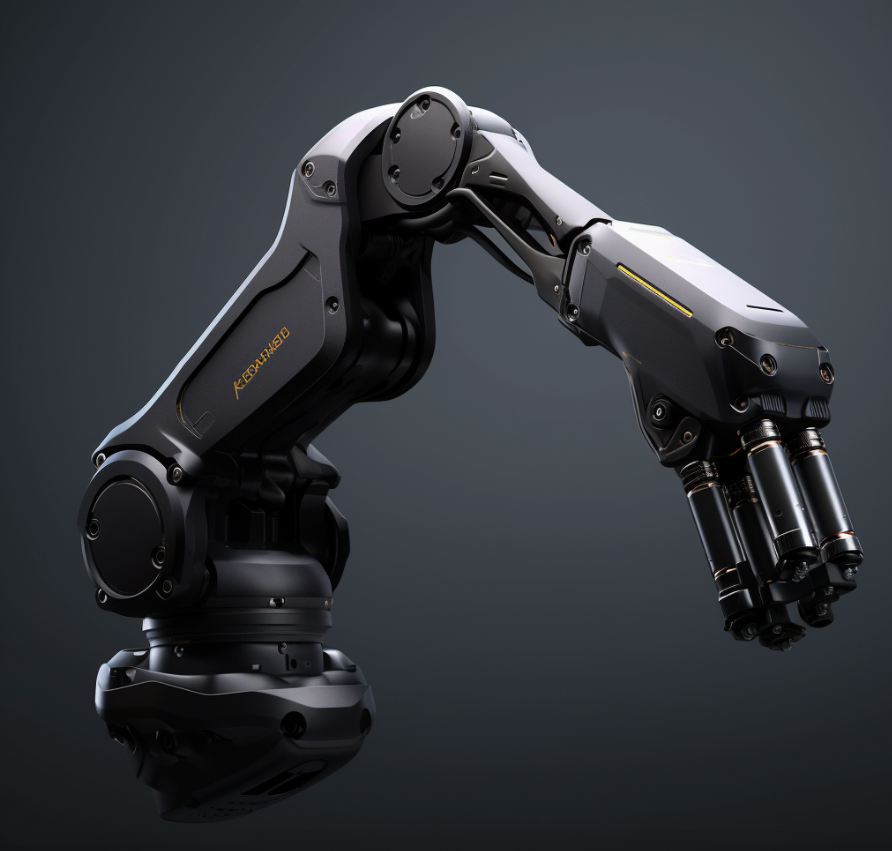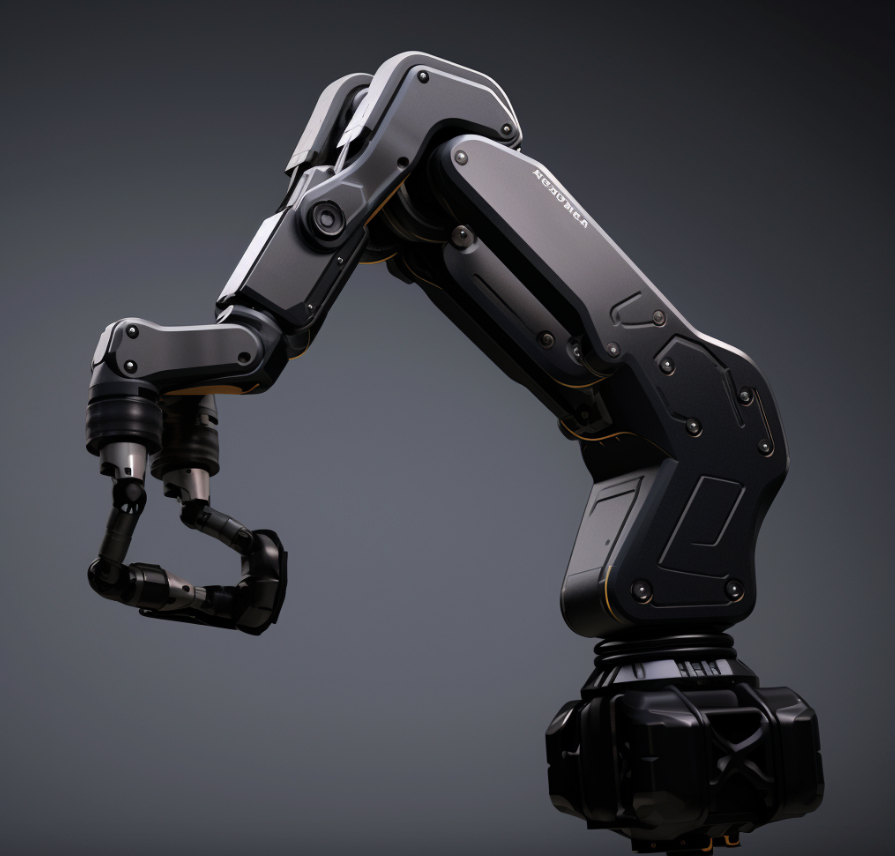The top 5 electric grippers for Industrial robots: Our rundown
With so many options available, every single one claiming to be the best, trying to find a great electric gripper can make your head spin.
So, we've compiled this list of top grippers to keep in mind across a range of needs and budgets:
OnRobot VG10 Electric Vacuum Gripper
- Great for handling flat, smooth materials like glass, metal sheets, and plastic films
- No external air supply required
- Adjustable suction cups conform to your chosen surface
- Payload up to 10 kg
- Integrates with all major robot brands
- Estimated price: Starts at around $5,500
Robotiq 2F-85 & 2F-140 Adaptive Robot Grippers
- Self-contained electric parallel grippers with no air supply needed
- Built-in force control senses forces for extra safety
- Various finger pads are available (silicone, metal, magnet)
- Payloads of up to 6 kg (2F-85) or 14 kg (2F-140)
- Plug-and-play with Universal Robots, Techman, Doosan, etc
- Estimated price: 2F-85 starts at $6,495, 2F-140 starts at $7,995
Piab Vacuum Gripper VGXM
- Creates vacuum suction to grab parts
- Multiple suction cup sizes and array options
- Ideal for flat, non-porous objects like plastic, glass, and sheet metal
- Integrated electric vacuum pump
- Payloads up to 15 kg depending on model
- Estimated price: Starts at $2,995
Zimmer PA Series Pneumatic Parallel Grippers
- Rugged, adjustable pneumatic parallel grippers
- Internal sensors provide position feedback
- Interchangeable gripping surfaces - rubber, silicone, grooved, magnetic
- Payloads up to 50 kg
- Requires external compressed air supply
- Estimated price: Starts at $1,995
Schunk EGP 40 Electric Parallel Gripper
- Compact electric parallel gripper with integrated control
- Pressure sensors for precise handling
- Stroke length up to 40 mm
- Payload capacity up to 5 kg
- A variety of finger options like serrated silicone
- Estimated price: Starts at $1,500
Summing up
There’s the lowdown on picking the perfect electric gripper for your robot, and finally get into the automation game.
Now, it’s time to make sure your new robot arm matches your gripper, and get cracking!
FAQs
What are the main benefits of electric grippers?
Electric grippers offer several advantages over manual or pneumatic grippers:
- More precise control and force application - You can grab onto delicate items without crushing them, or get a stronger grip on heavier items. Electric grippers have built-in force control.
- Much faster cycle times - Electric grippers can open and close much faster than air-powered grippers. This increases throughput.
- Lower maintenance costs - No air lines to deal with; electric grippers just need power.
- Adaptability - Many electric gripper models allow you to quickly change fingers/pads to handle different items.
- Integration - Electric grippers can integrate with tool changers and be controlled directly through your robot controller software.
How do I power an electric gripper?
Most electric grippers run on 24V DC power, and you’ve got a few options to provide power:
- Use the power supply built into many robot controller cabinets. Look for a 24V DC output.
- Use a separate 24V DC power supply mounted near the robot, and connect it via cables.
- For mounting directly on the robot arm, use a compact 24V DC power supply that can mount on the robot arm or end-effector.
- For payload-limited arms, low-voltage battery-powered electric grippers under 12V are available.
Also, make sure your power supply or robot controller can provide sufficient amperage for the gripper.
How do I control and integrate an electric gripper?
- Robot-specific electric grippers will directly integrate with your robot controller software with little effort.
- For general purpose grippers, most models accept various inputs like digital I/O, RS485 serial, Ethernet/IP, Profinet, etc, so choose a model compatible with your robot control methods.
- For basic open/close control, digital I/O may be the easiest method. However, serial communication allows more monitoring and control.
- Contact the gripper manufacturer for integration support! They will have detailed documentation on communications protocols, wiring, and example robot programs.
What type of fingers or pads should I use?
Electric gripper fingers and pads come in many shapes, sizes and materials:
- Silicone rubber pads provide good grip on smooth objects like plastic parts or glass.
- Serrated rubber pads grip textured surfaces.
- V-groove fingers allow careful grasping of rods, shafts and tubular items.
- Flat metal or plastic fingers work for sheet materials.
- Custom 3D-printed fingers can be designed for specialized applications.
Next steps
We know you’re looking for that perfect combination of robot arm and end-effector for your specific needs, check out RO1 by Standard Bots.
RO1 is compatible with a wide selection of grippers right from the start, with universal M8 connectors, and compatibility with OnRobot end-effectors, making it an ideal choice for both large and small machine shops:
- Cost-effective: RO1 stands out as the most budget-friendly option in its category, priced significantly lower than many other established brands, and starting at half of its nearest competition.
- Advanced vision capabilities: Equipped with top-tier vision technology, RO1 simplifies tasks with its user-friendly, no-code programming, capable of detecting even the tiniest flaws.
- Cooperative design: RO1 is designed with safety in mind, featuring integrated safety sensors and collision detection to ensure that your shop floor stays safe.
Connect with our expert solutions team today for a complimentary, 30-day onsite trial. Gain professional insights and all the necessary information to successfully implement your first robot.


